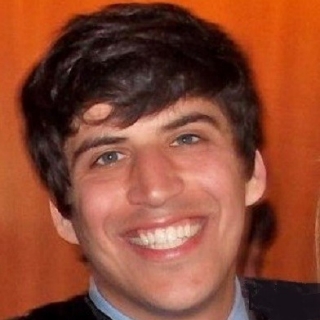

Daniel Kramer, MD, Stanford Neurosurgical Fellow and clinical instructor, Neurosurgery, will participate in a question and answer session online on Thursday, June 18, beginning at 3:00pm Pacific Time. The event is free, but pre-registration is required.
Stanford’s Deep Brain Stimulation (DBS) Support Group meets quarterly (March, June, September and December). The group is open to anyone who would like to learn more about DBS as a treatment option for Parkinson’s. The group leader maintains an email reminder list for the group. You may sign up for this and other email lists here. We also have extensive information about Deep Brain Stimulation on our webpage as well as DBS stories from those who have had the procedure and wanted to share their experiences.
Here are the online support group details:
Where:
Online. The event is free, but pre-registration is required. Register by sending an email to the group leader, Steven Russell, stevenr1@stanford.edu
You may also include any questions you have for Dr. Kramer. Of course advance questions have a higher chance of getting asked during the webinar. Once you register, you will receive a confirmation email that includes a link specific to access the online program.
This will be a casual, question and answer session. You can access the audio via phone or your computer. If you have questions during the webinar, you can use the “question box” in the webinar window to type in your question. The webinar will be recorded and posted to our video page.
When
Thursday, June 18, 3:00pm, Pacific Time
About our guest speaker
Daniel Kramer, MD, Functional Neurosurgery, is a neurosurgical fellow and clinical instructor, Neurosurgery at Stanford Medicine. Dr. Kramer grew up in Oak Park, IL before completing his undergraduate degree at Northwestern University in cognitive science and philosophy. He then completed his medical degree at the University of Pennsylvania and his neurosurgical training at the University of Southern California.
Dr. Kramer has a clinical interest in surgical treatments for movement disorders, epilepsy, and pain. His research interests are focused on the interpretation of neural signals and the communication between brain areas, particularly to produce movement and somatosensation. He works primarily on brain computer interface, where the human brain interfaces directly with machines to restore motor and sensory function to paralyzed individuals.
In his free time, he enjoys ultra-running, concerts, and snowboarding.